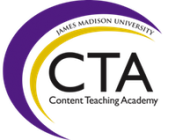Rocks and The Rock Cycle
To understand the processes by which rocks are formed define the 3 major groups of rocks.
The Rock Cycle is the process by which all rocks are formed and how basic Earth materials are recycled through time.
To illustrate the rock cycle and the 3 main types of rocks with crayons.
To demonstrate knowledge of the vocabulary associated with the formation of rocks.
